Carbon Composition Resistors
R 3.8 CARBON COMPOSITION
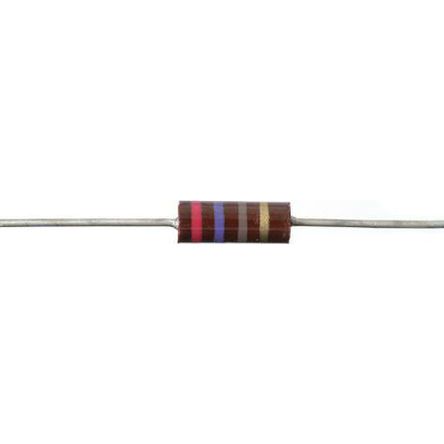
This component type is on the point of disappearing from the market. The manufacture of certain designs has ceased. In the most cases carbon composition resistors can be replaced by other both cheaper and qualitatively better components. Nevertheless, since they are part of many older designs we therefore will discuss them.
Carbon composition resistors exist in several designs: homogeneous and heterogeneous. In the first case a compound consisting of carbon powder and binder together with a resin is molded to a resistive body. In the latter case the carbon powder is mixed with a filling, usually silica or aluminum oxide, before it is molded. This type has the poorest stability and parameter characteristics. In a third variant a dispersion of graphite and binder is applied on a glass tube and then dried. The parameter characteristics of that layer type are comparable with those of the homogeneous composition type but the construction is very vulnerable.
The homogeneous, molded type is qualitatively the best but also the most expensive. It is usually used in such applications where an open circuit failure mode would result in a serious safety risk. In Figure R3-8 a cutaway view is shown of homogeneous composition resistor.
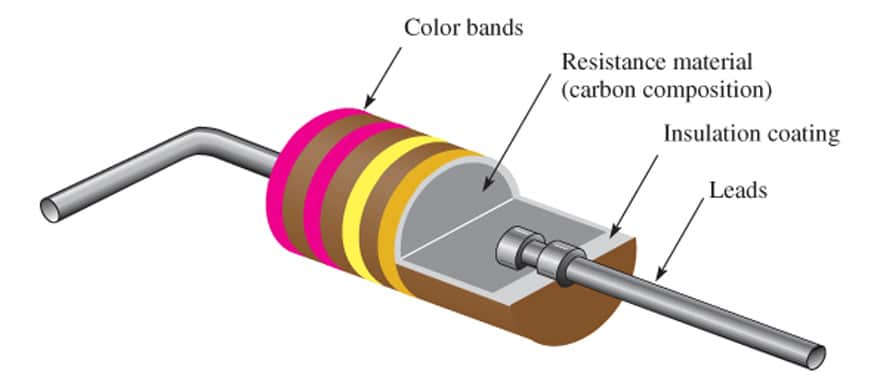
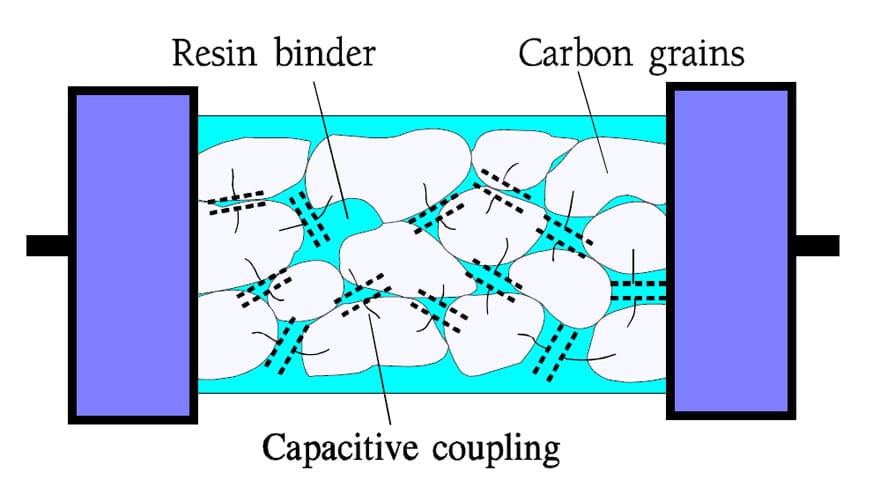
Just as in metal glaze resistors the conduction mechanism consists of conductive granules embedded in an isolator compound (Figure R3-9). There is shown the capacitive connection between the separate carbon granules. This will lead to a strong capacitive shunting effect at higher frequencies. Some curves are shown in Figure R3-10.
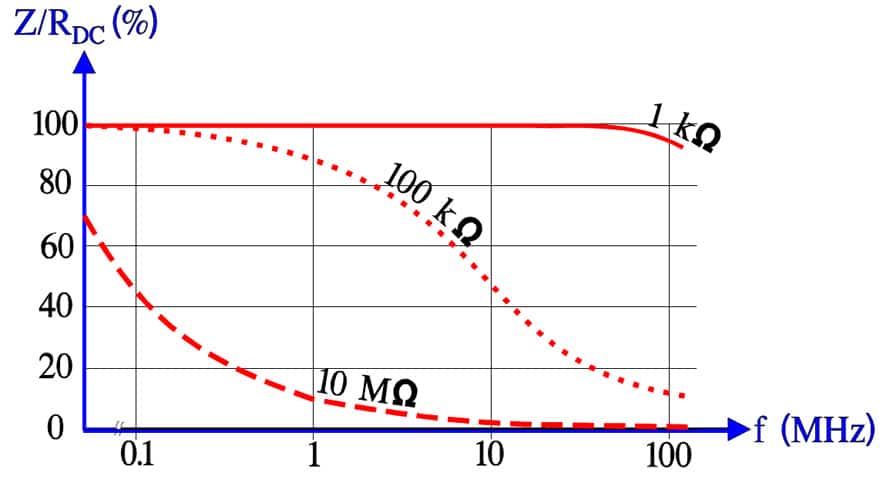
If the capacitive frequency dependence is great the inductance is the smaller. The current passes through an infinite number of branches connected in parallel which altogether creates a negligible inductance inside the resistor body. This, however, doesn’t mean that we have found the ideal component for pulse loads even if we occasionally may see such assertions. Only low resistance values, where the resistor body consists mainly of pure carbon, may correspond to such assertions. Otherwise strong surge currents might damage the uncountable contact spots in the current paths. The pulse power Pp should be limited to


Caution! Parts from less serious manufactures may have a fire risk at improper overload conditions.
The temperature dependence is strongly non-linear. Table R3-5.
Current noise and stability are poor. The method to adjust low or decreasing resistance values by baking gives only temporary results. After some time the value is too low again. As said before, there are few reasons for choosing a carbon composition resistor.
Table R3-5. CARBON COMPOSITION RESISTORS
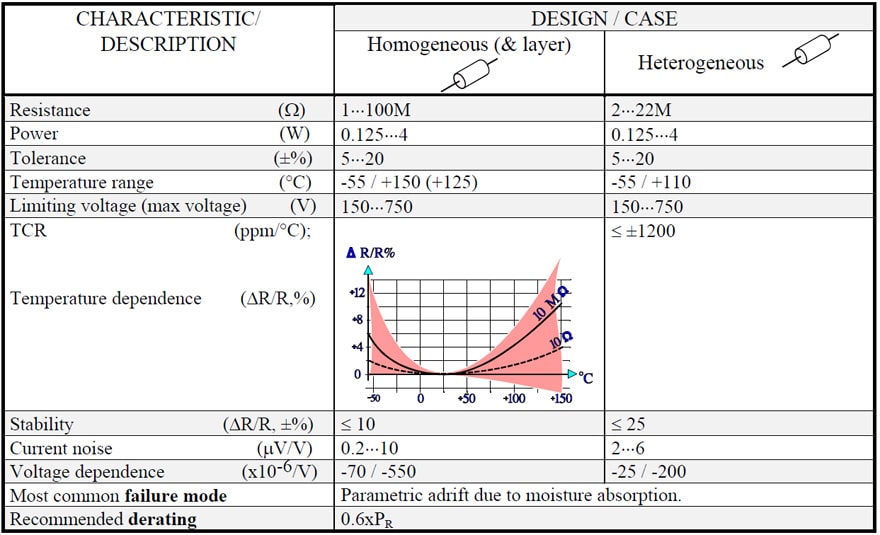
R 3.9 CONDUCTIVE PLASTIC
Of the fundamentally important resistance materials only one remains to be mentioned: the conductive plastic. It is closely related to the carbon composition. Actually it belongs to the potentiometer section but for consistency reasons is presented now.
If carbon powder and thermosetting plastic together with a binder are mixed together and molded we get a so called conductive plastic. It is used above all in servo potentiometers due to its low friction and excellent wear resistance. The resistance stability is fairly good provided it is not subjected to too high relative humidity or condensation.
Table R3-6. CONDUCTIVE PLASTIC RESISTORS

